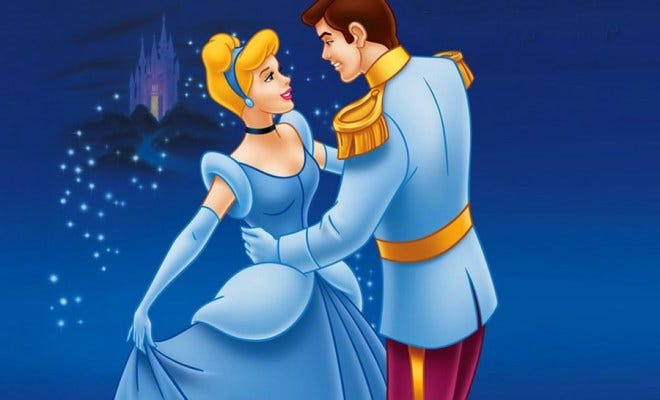The Disney Princess line has long dominated popular culture, but the princes who share the screen with them are just as important to the stories. From noble heroes to awkward sidekicks, these male leads have evolved alongside their partners. Some remain iconic, others are less remembered, but all have shaped the Disney canon in different ways.
10. Prince Florian (Snow White and the Seven Dwarfs, 1937)
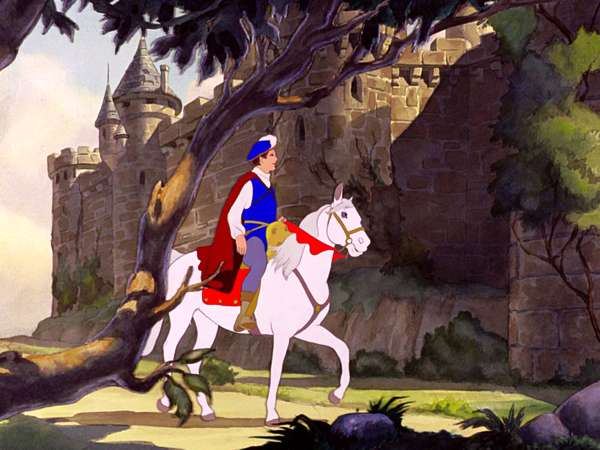
As Disney’s first ever prince, Florian is a historical milestone but also the least developed of all. He appears briefly at the wishing well to sing “One Song” to Snow White, then vanishes from the narrative until the very end. When he returns, it is only to awaken her with a kiss. He has no backstory, no struggles, and no moments of agency. Yet in 1937, this was groundbreaking: audiences had never seen a fully animated royal romance on screen. Florian set the precedent for love as the ultimate resolution in Disney’s fairy tales, even if later characters would far surpass him in depth and heroism.
9. Prince Charming (Cinderella, 1950)
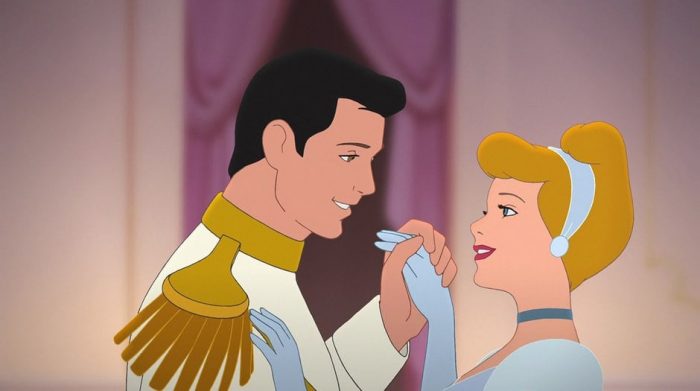
Charming is one of the most recognisable names in Disney, yet ironically one of the most faceless characters. In Cinderella, he dances once, declares his love, and allows the Grand Duke to conduct the slipper search while he himself does very little. The film’s animators even admitted that they struggled to make him interesting, focusing instead on the comedy of the mice and the drama of Cinderella’s transformation. Still, his role cannot be dismissed: the ballroom scene became an iconic symbol of Disney romance, and the glass slipper remains one of cinema’s most famous props. Prince Charming embodies the era’s idealised, distant hero — elegant but largely passive.
8. Prince Ferdinand (alternative naming of Snow White’s Prince)
In early promotional material and adaptations, Snow White’s prince was sometimes called Ferdinand rather than Florian. This confusion shows how little identity he was given compared to later Disney leads. The lack of an official name until much later underscores how secondary his role was in the original narrative. While princesses like Snow White and Cinderella became global icons, their male counterparts remained background figures, almost interchangeable. For Disney, the prince’s presence was initially less about character and more about fulfilling a romantic function — a trend that critics later pointed out as a weakness in early storytelling.
7. Prince Edward (Enchanted, 2007)
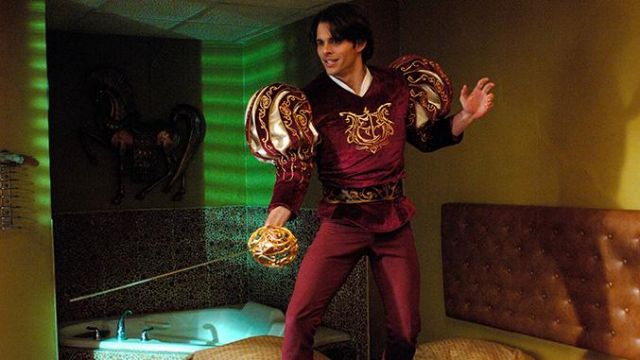
Although not part of the classic animated canon, Prince Edward from Enchanted is a fascinating commentary on Disney’s own history. Played by James Marsden, Edward embodies every cliché of the traditional prince: dashing looks, heroic posture, and complete naivety about the real world. His exaggerated gallantry — singing loudly in public, duelling without hesitation, believing instantly in true love — turns him into both a parody and a tribute. By the time Enchanted premiered, Disney had already moved towards more grounded male leads, and Edward served as a playful reminder of how unrealistic the early princes once were.
6. Prince Naveen (The Princess and the Frog, 2009)
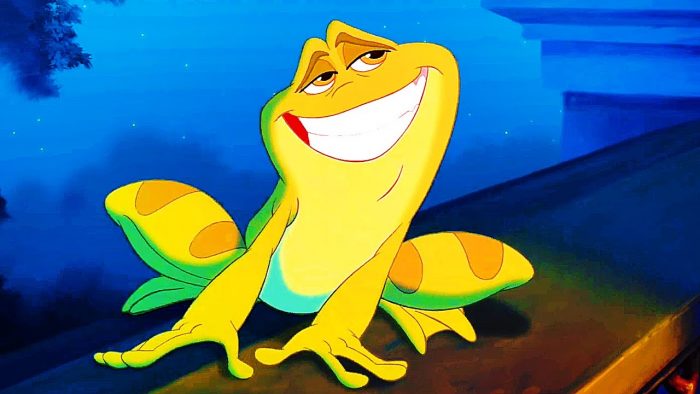
Naveen marked a real shift for Disney princes. Unlike his predecessors, he isn’t noble in spirit at the beginning. Instead, he is spoiled, carefree, and financially cut off by his parents for his reckless lifestyle. His arrogance and laziness set him apart from the older, passive princes, and his transformation is central to the story. Over the course of the film, trapped as a frog alongside Tiana, he learns humility, hard work, and love. By the end, Naveen evolves into a supportive partner, ready to share Tiana’s dream of running a restaurant. His character arc made him one of Disney’s most modern princes, both flawed and relatable.
5. Prince Hans (Frozen, 2013)
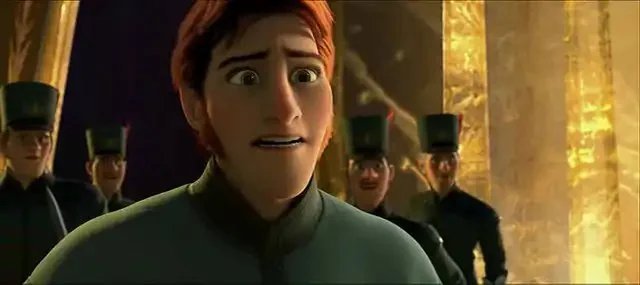
Hans is not officially branded as a “Disney Prince,” but his presence redefined the role. Introduced as the perfect gentleman, he charms Anna and proposes marriage after only one day. This looks like classic Disney romance — until his true motive is revealed. Hans is a manipulative opportunist who wants to seize Arendelle’s throne. This twist directly critiques the outdated trope of instant love at first sight. By turning the supposed prince into a villain, Disney challenged decades of its own storytelling patterns and reminded audiences that not every charming smile hides good intentions.
4. Prince Eric (The Little Mermaid, 1989)
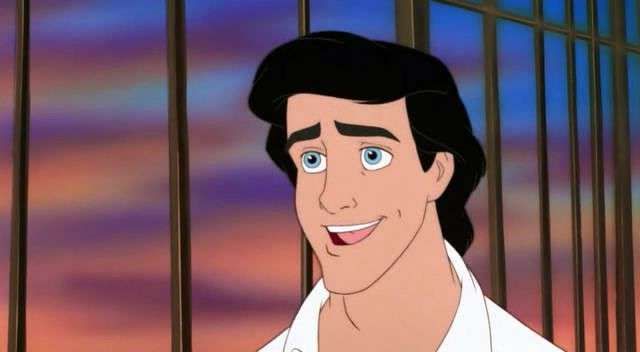
Prince Eric was the first Disney prince to feel genuinely like a person rather than a symbol. He has charm, curiosity, and a clear sense of agency. Unlike earlier royals who stood still while love found them, Eric actively pursues his own destiny. He saves Ariel from drowning, shows kindness to strangers, and plays a decisive role in the climax by steering the ship into Ursula to defeat her. For audiences in 1989, this was refreshing — a male lead who matched the heroine’s energy and commitment. Eric’s independence and courage helped redefine what a Disney prince could be: not just a rescuer, but a partner with his own narrative weight.
3. The Beast / Prince Adam (Beauty and the Beast, 1991)
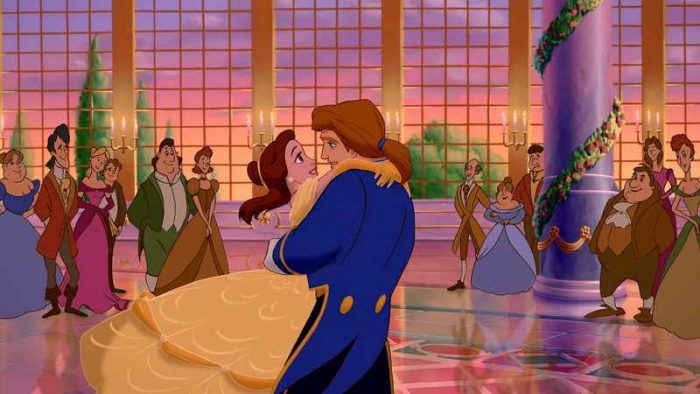
The Beast is among Disney’s most complex male leads. Cursed for his arrogance and cruelty, he is forced to confront the ugliness within himself. At first, he is temperamental and frightening, but Belle’s influence reveals his capacity for kindness, sacrifice, and love. His transformation back into Prince Adam at the end is more than physical — it symbolises redemption and growth. Unlike earlier princes, whose appeal was surface-level, the Beast’s character arc is psychological. He showed audiences that love stories could be built on inner change rather than external perfection, making him one of Disney’s most memorable princes.
2. Aladdin (Aladdin, 1992)
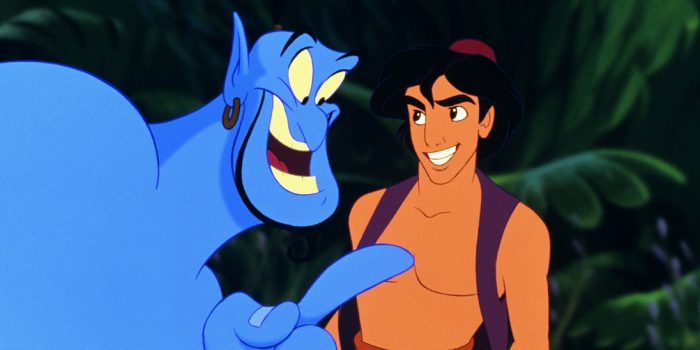
Aladdin is unique among Disney princes because he wasn’t born royal — he earned the title through courage, wit, and love. Starting as a “diamond in the rough,” a street-smart boy struggling to survive in Agrabah, he wins audiences over with his humour and vulnerability. His use of the Genie’s magic to appear as a prince highlights his insecurities and the social barriers he faces. Yet what makes him stand out is his growth: by the end, Aladdin proves that honesty, bravery, and loyalty matter more than status. Disney officially included him in the Prince line, recognising that his story redefined what being a prince could mean.
1. Prince Phillip (Sleeping Beauty, 1959)
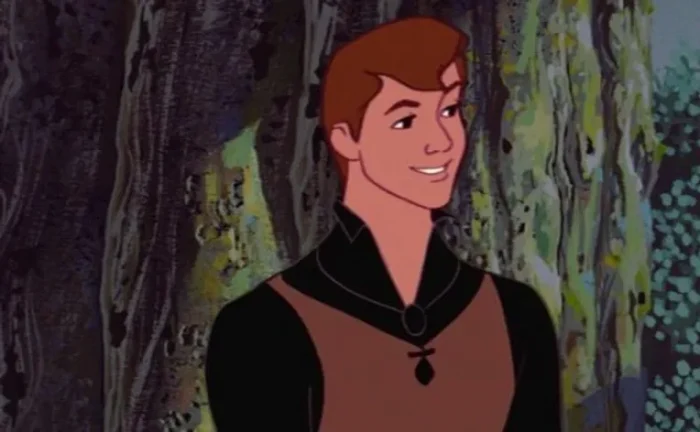
Phillip is often considered the first fully developed Disney prince. Unlike his silent predecessors, he speaks, jokes, and shows agency throughout the story. His romance with Aurora feels more natural, starting when they meet in the forest rather than at the very end. Most importantly, Phillip takes centre stage in the film’s climax: armed with a sword and shield, he battles Maleficent in her dragon form — one of Disney’s most iconic scenes. By defeating evil through bravery and determination, Phillip broke the mold of passive princes and set a new standard for male heroes in animation. His legacy makes him the most influential Disney prince of the classic era.
Conclusion: Redefining the Role of the Prince
From the voiceless figures of the 1930s to the fully realised heroes of the 1990s and beyond, Disney princes reflect how storytelling has changed. Early characters like Florian and Charming were little more than symbols of romance, while later figures such as Aladdin and Naveen were given flaws, arcs, and agency. Hans even turned the trope on its head, showing that not every prince is trustworthy.
What unites them is the way they mirror the cultural values of their time. The earliest princes represented idealised fairy-tale rescue, while modern versions highlight partnership, equality, and personal growth. Together, they form a gallery of characters that, though often overshadowed by their princess counterparts, continue to shape Disney’s vision of love and heroism.


